Description
Aerospace Engineering is a broad field that encompasses the design, development, and testing of aircraft and spacecraft. It involves the application of principles from several branches of engineering and physics to create vehicles that can operate in Earth’s atmosphere or in space. The fundamentals of aerospace engineering can be broken down into several core areas:
### 1. **Aerodynamics**
– **Definition**: Aerodynamics is the study of the behavior of air as it interacts with solid objects, especially the forces and motion that result from the interaction between the air and the surfaces of vehicles like airplanes, rockets, and missiles.
– **Key Concepts**:
– **Lift**: The force that allows an aircraft to rise against gravity, created by the pressure difference between the upper and lower surfaces of the wings.
– **Drag**: The resistance encountered by an object moving through air, influenced by factors like shape, speed, and surface roughness.
– **Thrust**: The forward force generated by engines to propel an aircraft or spacecraft.
– **Stability and Control**: How the forces and moments generated by an aircraft affect its ability to maintain or change flight.
– **Flow Regimes**: Laminar flow (smooth) vs. turbulent flow (chaotic), supersonic, transonic, and subsonic flow.
### 2. **Propulsion**
– **Definition**: Propulsion systems provide the necessary force to move an aircraft or spacecraft through the air or space.
– **Key Concepts**:
– **Jet Engines**: Use the principle of jet propulsion to accelerate exhaust gases out of the engine to produce thrust.
– **Rocket Engines**: Operate based on Newton’s third law of motion, expelling mass at high velocity to propel the spacecraft forward.
– **Turbofan, Turbojet, and Ramjet Engines**: Different types of jet engines used for various flight regimes.
– **Rocket Propellants**: Solid or liquid fuels used in rocket engines, including the study of combustion and energy release.
– **Specific Impulse**: A measure of how efficiently a rocket or jet engine uses fuel.
### 3. **Structures and Materials**
– **Definition**: Aerospace structures are the parts of an aircraft or spacecraft that provide support and shape, and materials must be selected to withstand the forces and environmental conditions encountered during flight or space travel.
– **Key Concepts**:
– **Load Distribution**: How forces are distributed across an aircraft’s wings, fuselage, and other components.
– **Stress and Strain**: Materials must be able to withstand various forces without breaking. Stress refers to the force per unit area, and strain is the resulting deformation.
– **Fatigue**: The weakening of materials due to repeated cycles of loading and unloading.
– **Lightweight Materials**: High-strength, lightweight materials such as aluminum alloys, titanium, carbon composites, and advanced polymers are used to reduce weight and improve performance.
– **Aerostructures**: The integration of materials and design to build the airframe, including wings, fuselage, and control surfaces.
### 4. **Flight Mechanics**
– **Definition**: Flight mechanics involves the analysis and calculation of forces acting on an aircraft or spacecraft during flight and how these forces affect motion and stability.
– **Key Concepts**:
– **Equations of Motion**: Describes the motion of an aircraft under the influence of external forces (gravity, lift, drag, thrust).
– **Flight Path**: The trajectory of the vehicle, considering acceleration, velocity, and orientation.
– **Control Surfaces**: Devices such as ailerons, rudders, and elevators that help control and maneuver the aircraft during flight.
– **Stability and Control**: How the aircraft responds to disturbances in pitch, yaw, and roll, and how these are corrected using control inputs.
### 5. **Avionics and Control Systems**
– **Definition**: Avionics refers to the electronic systems used in aircraft and spacecraft for communication, navigation, and control. The control systems involve the design of systems that govern the aircraft’s response to pilot inputs and autopilot.
– **Key Concepts**:
– **Autopilot**: A system that controls the aircraft without continuous human intervention, based on input from navigation and flight control systems.
– **Navigation Systems**: Include GPS, radar, and inertial navigation systems (INS) to guide aircraft or spacecraft to their destinations.
– **Flight Control Systems**: Systems that automate or assist in the management of the aircraft’s attitude, altitude, speed, and direction, including fly-by-wire systems.
– **Sensors**: Devices such as gyroscopes, accelerometers, and airspeed indicators that provide essential flight data.
### 6. **Spacecraft and Orbital Mechanics**
– **Definition**: Spacecraft design and orbital mechanics focus on the technologies and principles needed for missions in space, including launch, in-orbit operations, and re-entry.
– **Key Concepts**:
– **Orbit Dynamics**: Describes the motion of objects in space, governed by gravitational forces and the principles of Newtonian mechanics. This includes circular, elliptical, and parabolic orbits.
– **Rocket Propulsion**: The principles of space propulsion are similar to aircraft engines but often involve high-performance chemical rockets, electric propulsion, and ion engines.
– **Escape Velocity**: The minimum velocity needed for a spacecraft to break free from Earth’s gravitational pull.
– **Orbital Insertion**: The process of adjusting a spacecraft’s trajectory to enter a desired orbit around a celestial body.
– **Re-entry and Landing**: The design challenges involved in ensuring a spacecraft can safely return to Earth’s surface from space.
### 7. **Systems Engineering**
– **Definition**: Aerospace engineering is highly interdisciplinary, and systems engineering plays a crucial role in ensuring that all components (aerodynamics, propulsion, control systems, etc.) work together as an integrated system.
– **Key Concepts**:
– **Design Optimization**: Balancing trade-offs between performance, cost, safety, and reliability.
– **Failure Analysis**: Predicting and preventing failures in critical systems.
– **Reliability Engineering**: Ensuring that systems operate reliably throughout the mission lifespan.
– **Testing and Simulation**: Using wind tunnels, flight simulators, and computational fluid dynamics (CFD) to predict performance before actual flight testing.
### 8. **Environmental and Ethical Considerations**
– **Definition**: This area deals with the environmental impact of aerospace systems and the ethical considerations in the design and operation of aircraft and spacecraft.
– **Key Concepts**:
– **Noise and Emissions**: Aircraft noise and emissions, including efforts to reduce the environmental impact of commercial aviation.
– **Sustainability**: The development of greener and more energy-efficient technologies, such as electric propulsion and renewable fuels.
– **Ethical Issues**: The ethical responsibilities of aerospace engineers in areas such as safety, privacy (e.g., drones), and military applications.
### 9. **Computational Methods**
– **Definition**: Many modern aerospace engineering problems require advanced computational techniques to simulate, model, and solve complex physical systems.
– **Key Concepts**:
– **Computational Fluid Dynamics (CFD)**: Numerical methods for solving the fluid flow equations that govern the motion of air over aircraft surfaces.
– **Finite Element Analysis (FEA)**: Used to simulate the behavior of materials and structures under different loads.
– **Multibody Dynamics**: Simulating the movement and interaction of interconnected bodies (e.g., control surfaces, landing gear).
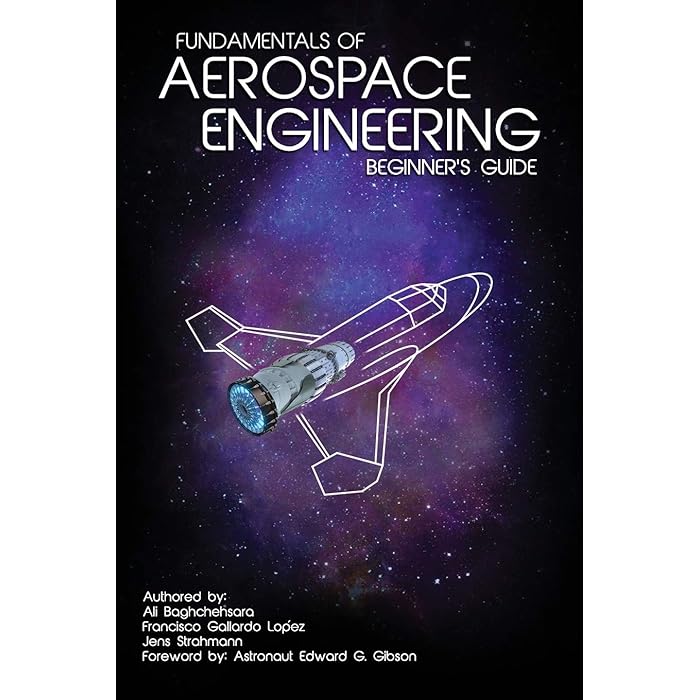
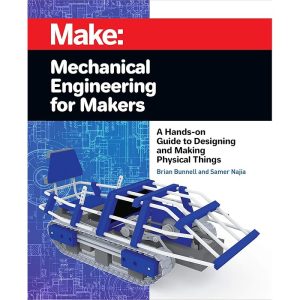

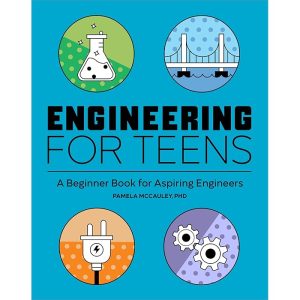


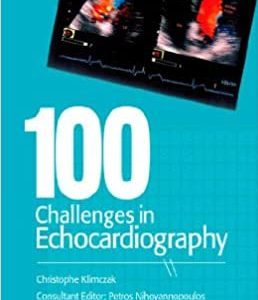
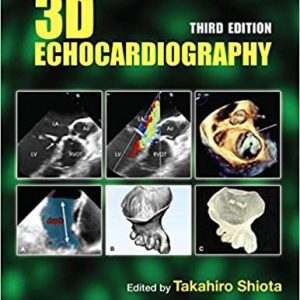


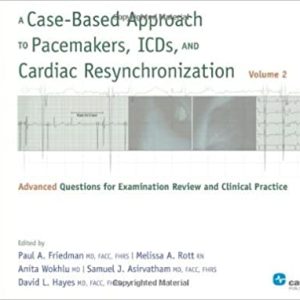


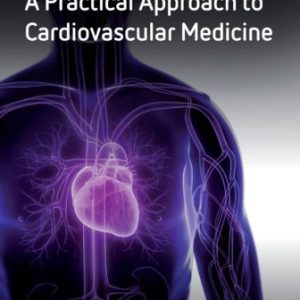


Reviews
There are no reviews yet.